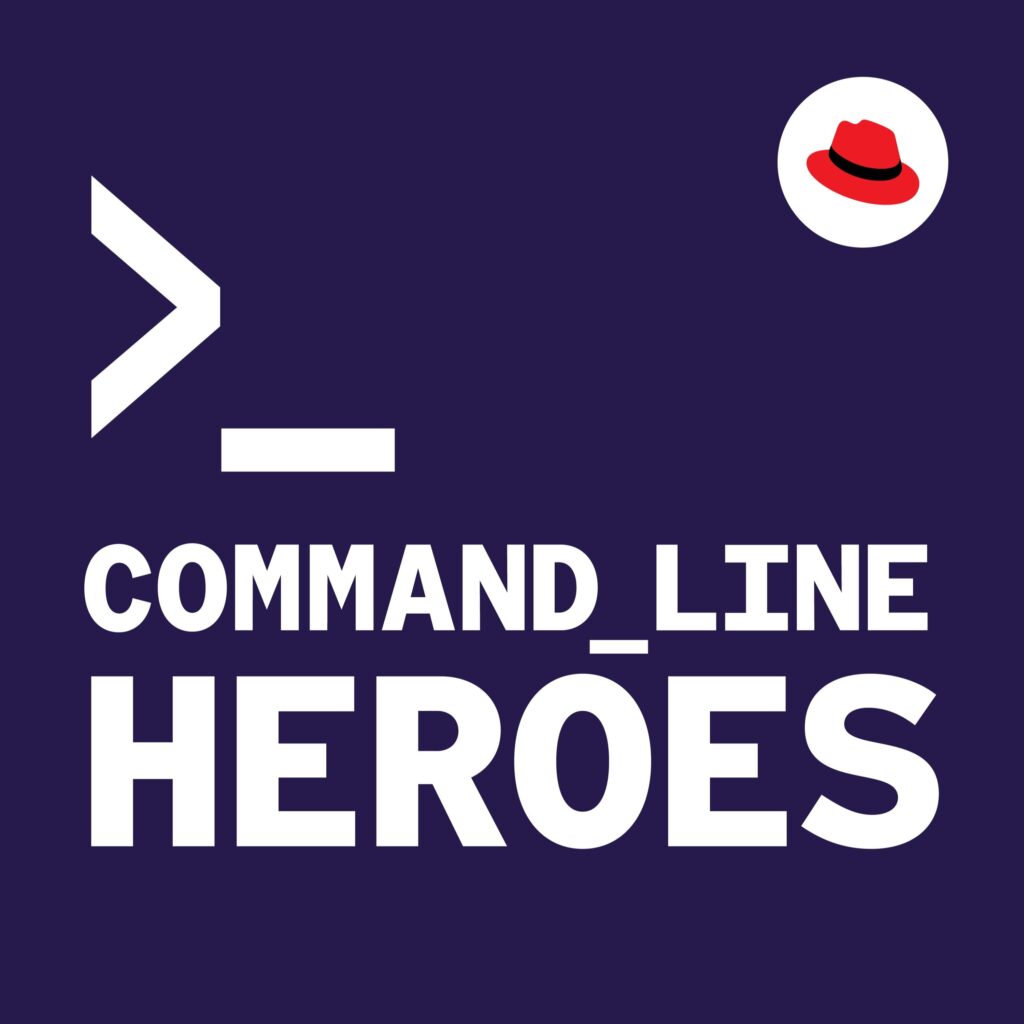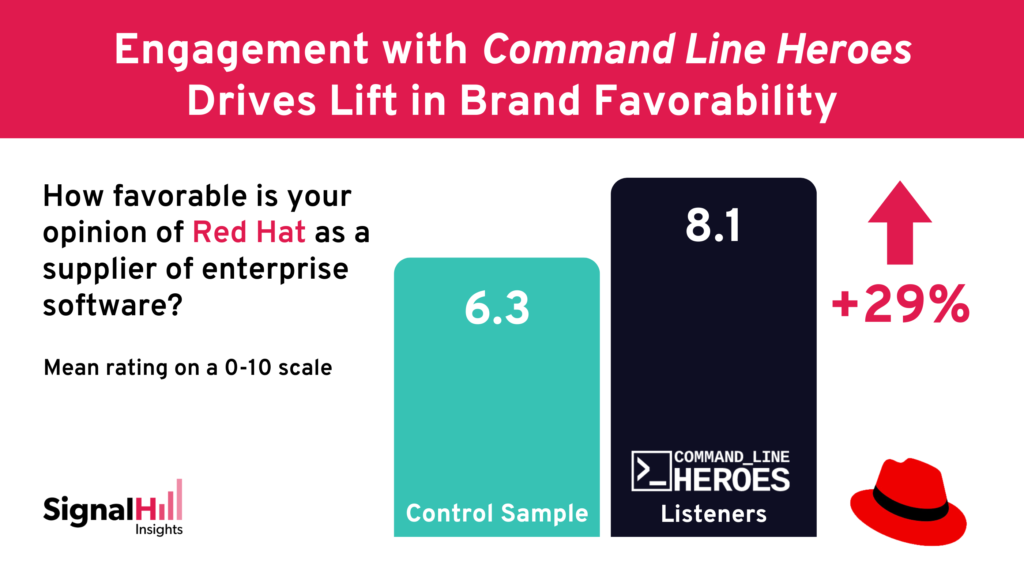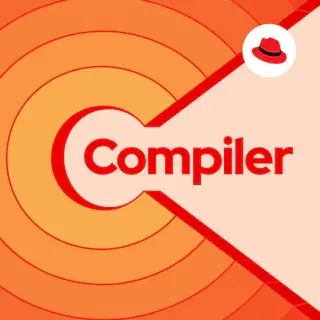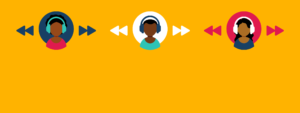How can I grow a larger audience with my podcast? That’s the first question asked by virtually every podcaster, publisher, and brand that ever launched their own podcast.
Truth is, there’s no easy answer. Some assume it’s all about marketing. While that is certainly one component, it’s not the whole picture. As Tom Webster points out in his new book, The Audience is Listening, the key prerequisite “is to make a podcast more people want.” No amount of marketing can build a sustainable audience for a podcast that no one wants to listen to.
First, you need to know the audience you want to reach.
Find Out What Your Audience Wants and Needs
Over the years, we’ve had the good fortune to work with publishers and brands who start their podcast journey by understanding their audience, and what they will want from their podcast.
The open-source software firm Red Hat is a standout example. In 2017, prior to the launch of their first podcast, Red Hat Director of Brand Media Brent Simoneaux pieced together a plan with his team to get inside the heads of the software developers they identified as their target audience. Brent and his team attended a series of customer events and talked one-on-one to developers, to not only find out about their content preferences, but also to dig deep into their personal and professional needs and aspirations.
They even had a clever way to go about it. At one event they set up a booth offering coffee and a free caricature drawing. With their audience seated and occupied for a few minutes, it was the perfect opportunity to provoke a conversation about what kind of tech podcast would inspire, inform and entertain them.

Out of these conversations came Command Line Heroes, delivering, “epic true tales of how developers, hackers, programmers, geeks and open-source rebels are revolutionizing the technology landscape.”
With the podcast off to a successful launch, Red Hat didn’t rest on their laurels. The content team continued to connect with developers for the next six years to refine the podcast and get new editorial ideas. In all, Red Hat conducted 796 in-depth interviews with software developers. This in turn informed the ongoing content strategy for the Command Line Heroes podcast.
Learn Who’s Listening
Thanks to the foundation laid by Red Hat’s content team and the guidance of their production agency Pacific Content, Command Line Heroes had built a large and loyal following by season two. But they had little insight into who was listening and why.
Keeping in mind that the objective was to reach a specific audience of software developers, they needed to confirm that Command Line Heroes was meeting that mark. Red Hat also wanted to know where listeners were in their career path, and to get their feedback on the podcast.
That’s where they tapped us at Signal Hill Insights to design and execute a brief audience survey. A host-read call-to-action invited listeners to visit the Command Line Heroes website and complete the survey in exchange for a modest incentive.
The results were most encouraging for the Red Hat team. Six-in-ten of the more than 200 engaged listeners we surveyed were indeed developers or system administrators, with the rest working in other IT or IT support roles. And the reaction to Command Line Heroes was off the charts – 95% liked or loved the podcast, with nearly two-thirds giving it the highest praise by saying they loved it. Listeners also offered their topic preferences, helping to steer future content choices.
We repeated the audience survey twice over the next few seasons, each time asking new questions to get quantifiable insights the Red Hat and Pacific Content used to fine-tune upcoming seasons.
Confirm the ROI
As gratifying as it was to know they had a podcast that was popular with their target audience, Red Hat had another crucial question: Was Command Line Heroes building brand equity? The answer was critical to justify funding for future seasons.
In addition to gathering listener demographics and feedback, each audience survey also asked about brand metrics, gauging listeners’ perception of Red Hat. To isolate the influence of Command Line Heroes, we recruited a comparable control sample of podcast listeners who had not listened to the show but matched the audience’s demographics and their work profile. We asked this control sample the same brand questions administered in the audience survey in order to make a direct comparison.
In each of the three surveys we conducted, brand favorability for Red Hat was significantly higher among the Command Line Heroes audience. Brand lift peaked in season six, with the average favorability rating 29% higher than it was in the matching control sample.

Notably, brand lift was even greater among the subsample who had no prior experience with Red Hat. Command Line Heroes increased favorability with these Red Hat newbies by 40%.
Keep Building on Your Learning
Buoyed by the success of Command Line Heroes, the Red Hat team wanted to build a network of shows for IT professionals. In their one-on-one interviews and our Signal Hill Insights surveys, they saw resonance with technologists well-established in their careers, but weren’t reaching those early in their careers. So they wanted to build a new show to grow engagement with that audience. Red Hat pursued a different approach, with a chat-based podcast, Compiler, dedicated to discussing “tech topics both big and bizarre.” It launched in 2021.
The new show had a slower build. Once it had a few episodes under its belt, Red Hat again asked us to survey the audience.
One of our key findings was that the new podcast was not effectively reaching enough of those “early technology” workers, as Red Hat called them. Appeal scores, though still positive, came in below the high bar set by Command Line Heroes.
Armed with that insight, Brent sent his production team back into the field, doing another round of one-on-one interviews to zero in on the needs of the “early technology” target. The result? Compiler subscribers increased by 45%.

To reach any audience, you need to understand why they use podcasts. Again and again in our audience research, we find that podcast consumers share three core motivations: to be entertained, to hear interesting stories, and to learn something new. While the priority may differ by audience, it doesn’t change a producer’s need to satisfy those motivations.
Red Hat’s experience shows that can be accomplished – and proven – with a disciplined, ongoing commitment to knowing their audience. The ROI is in the positive brand lift demonstrated through systematic measurement.
Learn how you can benefit from a customized research program for your branded podcast. Book a call here. And download our Branded Podcast Benchmark report here.




